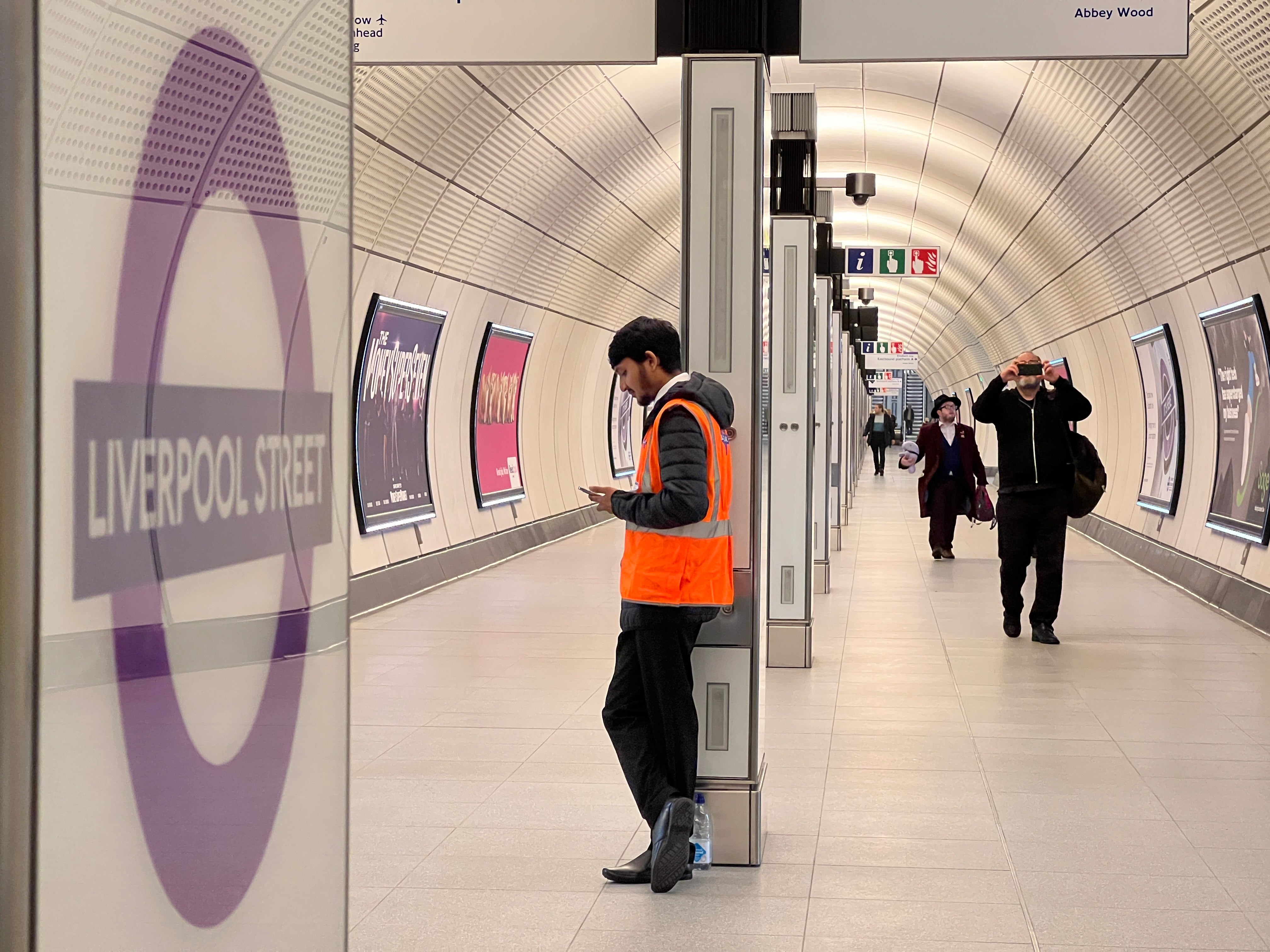The Elizabeth line could be transformative for London – here’s how
London needs more investment like that of the new Underground line, writes Hamish McRae


The Elizabeth line, the new London’s east-west metro service that we called Crossrail, finally opened on Tuesday. It is three years late, cost at least £18.9bn, some £4bn over budget, and arguably – given the fall in commuting post-pandemic – is no longer really needed.
And yet, having ridden on it a few hours after it opened, I can report that it is really nice. It is a typical model of the urban railway systems that are being built in giant cities all around the world, and a top-end version at that. Not sure it is worth queuing through the night to ride on, but it makes travelling across London a much more pleasant experience.
And there is the nub of the case for investing in transport in urban areas. We don’t yet know how work patterns will change over the next few decades. Common sense would suggest some of the changes forced on us by the pandemic will last. The idea that the home would become a factory and the office a club was first put forward by Charles Handy, the management guru, back in the 1990s. He explained: “Organisations do need a hub, a place to call home. But [in future] it will look much more like a club,” he said. It would be a place for employees to meet and converse rather than sit at a desk.
That vision has proved spot on. But people still need to get to their “clubs” and the nicer the transport system is, the happier they will be to do so. What is emerging is a pattern for city centres where they are places for people to live and enjoy themselves, rather than simply places to work. London now has three central business districts, the West End, the City and Canary Wharf, all with some residential accommodation as well as offices. But getting between them was not an uplifting experience – OK but not much fun. Now that problem is cracked.
This has big, and to some extent unforeseeable, consequences. The new line is obviously a boon for people who have to commute, and that was its original purpose. But it also fits in with the idea that cities should be places of entertainment as much as work. The latest figures for travellers on the Tube show that on the peak weekday, Thursday, numbers are up to 73 per cent of pre-pandemic levels, but on Saturdays, they are 86 per cent of the previous level and on Sundays they are 89 per cent. It is quite plausible that when things settle down we will find that weekend use runs above pre-pandemic levels, even if during the week the numbers are still down.
If this is right, what are the implications for other great cities such as New York and Paris? The cute Bloomberg Pret Index, which charts sales at Pret a Manger sandwich bars and compares with pre-pandemic levels, gives a snapshot of the pace of the return to the office. London suburbs and airports are running 25 per cent above their pre-pandemic sales. In the case of the airports I suspect that is because the airlines have cut back on in-flight catering. London’s West End is pretty much back to where it was, as indeed is Paris, but London’s City is only at 87 per cent of the old level. But that is a lot better than New York Midtown at 67 per cent, and Downtown, which includes Wall Street, at only 57 per cent.
It does look as though London and Paris have clawed back their activity levels rather faster than New York. What is the moral of that?
I suggest it may be that London and Paris have better Tube/metro networks than the New York subway. It is wonderfully efficient in its way, but to a European visitor rather utilitarian (those orange plastic seats). I am afraid the dreadful subway murder on Sunday will discourage people not only from using it, but from going into New York if they don’t have to.
Paris, quite aside from having made huge investments in its metro over many years, also joins with London in trying to discourage car use. The latest proposal of its mayor Anne Hidalgo is to close two lanes of its famed Boulevard Peripherique, the ring road that encompasses the old city core, and plant trees instead. The idea of greening the city is to make it more attractive as a place for leisure, less so for work – a slightly different take on the rebalancing that is taking place in London.
Great cities are tough. They can put up with quite a lot of mismanagement and quite a lot of chaos. But they really do need investment in their infrastructure to be seductive, vibrant places to live and work. Let’s see in a year or two whether the Elizabeth line is bringing more business to London. My guess, despite the huge cost of the enterprise, is that it will pay back the investment by making the city a little bit nicer for everyone.



Join our commenting forum
Join thought-provoking conversations, follow other Independent readers and see their replies
Comments